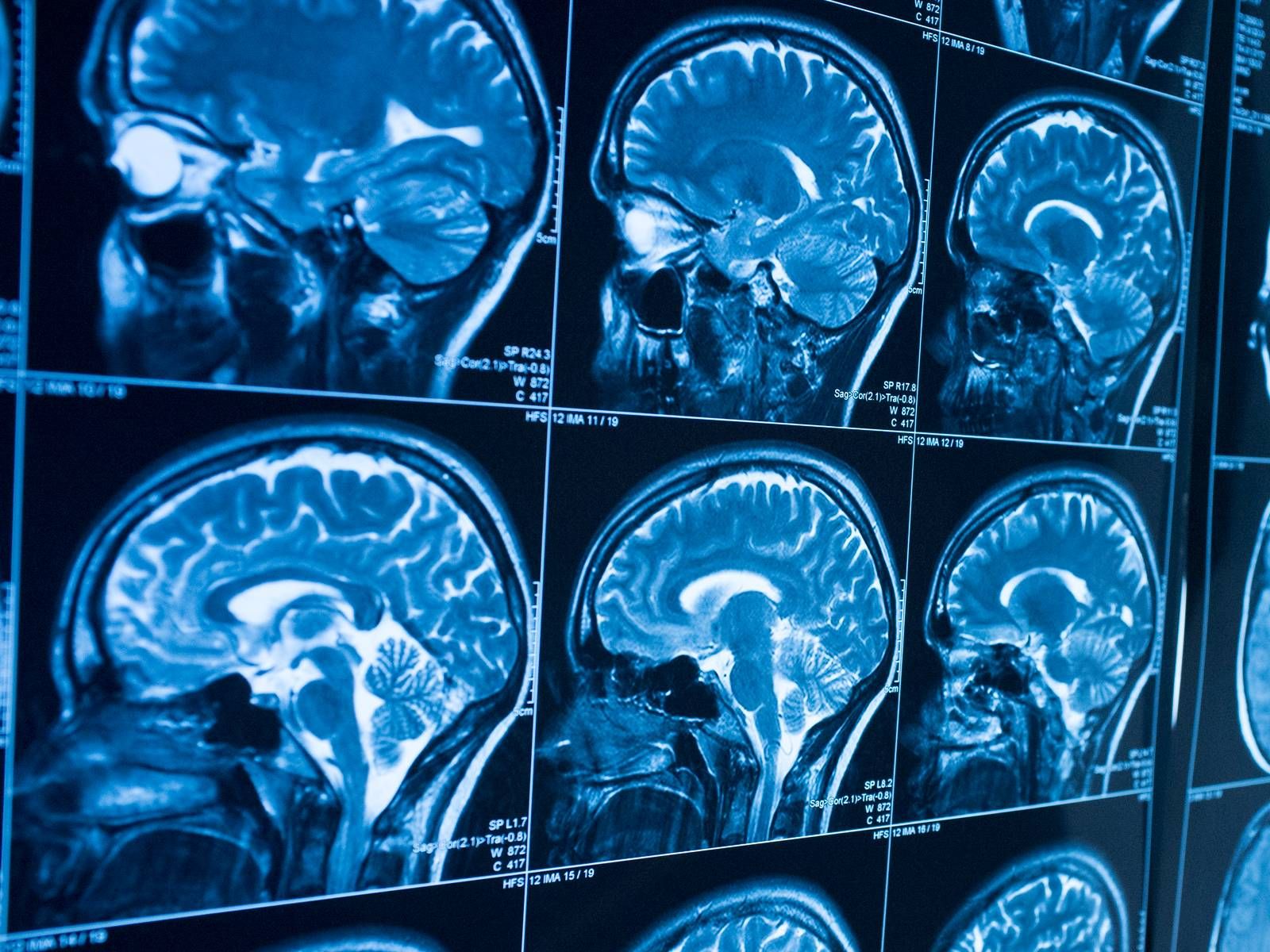researchers may have found a way to slow the spread of aggressive brain cancer by triggering the transformation of rapidly multiplying cancer cells into non-dividing neurons.gliomas are brain tumours caused by the rapid, uncontrolled division of glial cells. these tumours, which vary in aggressiveness, can progress over time into glioblastomas (gbms), a particularly invasive form of stage 4 cancer. glial cells, which support the proper functioning of the nervous system and make up the supportive matrix of brain tissue, can begin to undergo this dangerous division if the genes underlying the stem cells that produce them experience a mutation that stops the suppression of tumours.while many modern therapies have focused on destroying these cancer cells, the current study,
published in the journal cancer biology & medicine, takes a different approach
. “our reprogramming strategy principally differs from other anti-cancer therapies,”
said gong chen, lead scientist and corresponding author of the article at jinan university in china. “we are not aiming to kill glioma cells, but rather change them into neurons. therefore, potential side effects on other normal cells are low. our study demonstrates successful reprogramming of glioma cells into neurons both in vitro and in vivo, using neural transcription factors.”gbms occur in 4 out of every 100,000 people in canada, according to the
brain tumour foundation, and can arise at any time
, although they typically develop between the ages of 45 and 75. the disease is the most aggressive malignant primary brain tumour and can carry with it a host of symptoms — including headaches, weakness in the extremities, nausea and vomiting and even personality deficits — depending on the location of the tumours. treat
ing glioblastoma is extremely difficult due to the ability of tumours to imbed themselves deep in the brain and resist conventional therapy. it is further complicated by the delicate nature of the surrounding tissue and the brain’s limited ability to heal itself. glioblastoma is almost impossible to eradicate once it takes root without permanently altering the host. to convert cancer cells into neuron cells, which do not divide and form tumours, the team engineered gliomas to express “transcription factors” known to initiate neuronal differentiation, such as neurogenic differentiation 1 (neurod1), neurogenin-2 (neurog2) and achaete-scute homolog 1 (ascl1). once reprogrammed, researchers noticed that glioma cells began to resemble neurons in appearance and produced markers specific to neurons. this identity alteration slowed the speed at which the cells divided.each of the neural transcription factors used by researchers converted cancer cells into a different neural cell type, with expression of neurog2 producing the fastest and most efficient conversion. the majority of cells expressing neurog2 and neurod1 became glutamatergic neurons and cells expressing ascl1 became gabaergic neurons. the transformed glioma cells were found to exhibit an internal structure similar to neurons and were capable, to a certain extent, of neuronal signal transmission.the team tested the results of their transformative work by injecting retroviruses that expressed the above changes into the brains of mice that possessed transplanted gbm cells. they found these cancer cells were efficiently converted into neural cells and that this conversion inhibited the spread of the cancer.the findings demonstrate the vast potential of cellular reprogramming to tackle aggressive cancers without subjecting the brain to the harmful effects of conventional anti-cancer therapies.
“our study opens a new direction for inhibiting the growth of gliomas,” chen said. “future studies transitioning from rodents to non-human primates will help test whether we can use this reprogramming strategy to treat large gliomas in monkey brains. if successful, it will provide a promising treatment for millions of glioma patients worldwide.”
dave yasvinski is a writer with healthing.calearn more about glioblastoma at the brain tumour foundation of canada.
 3 minute read
3 minute read









